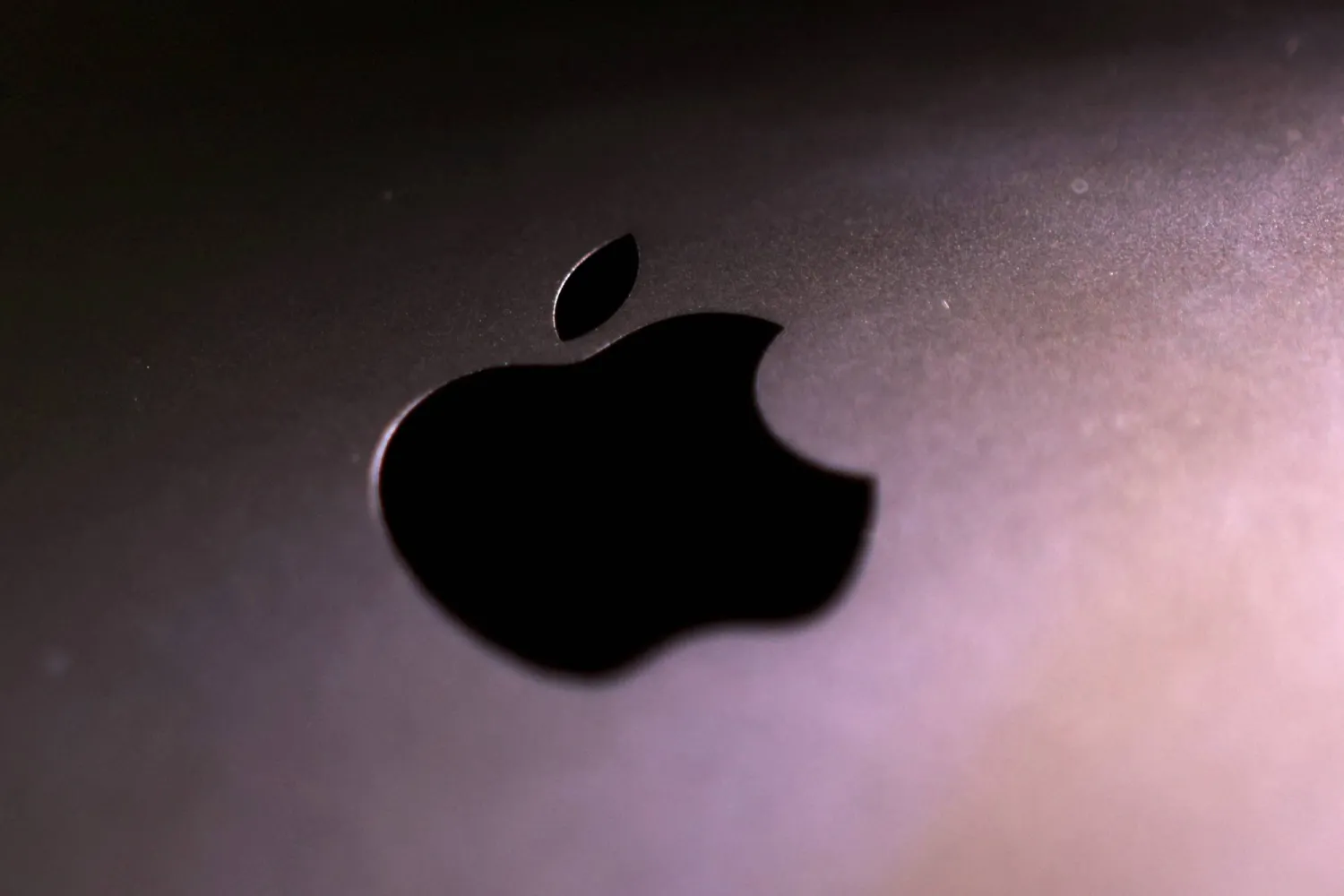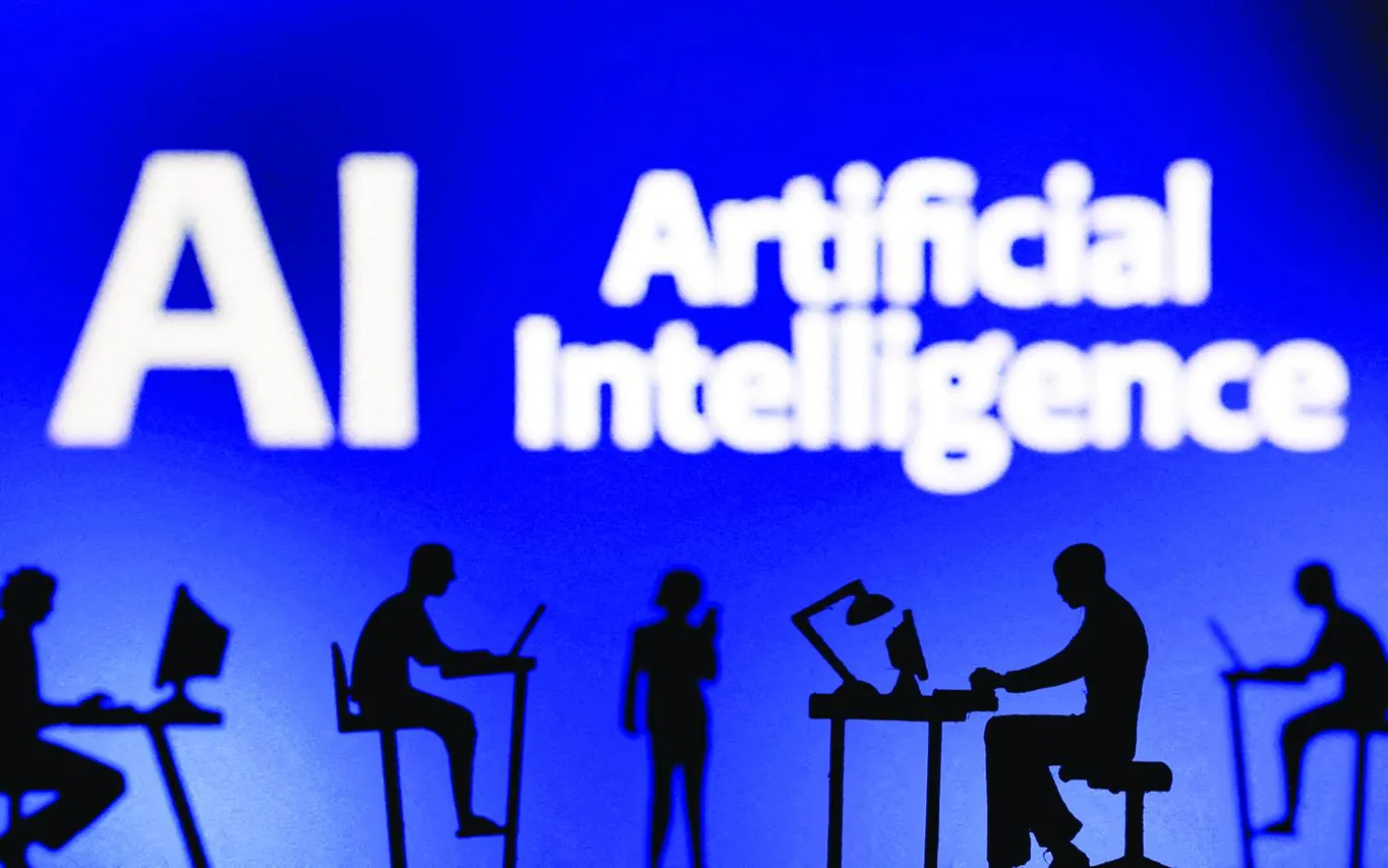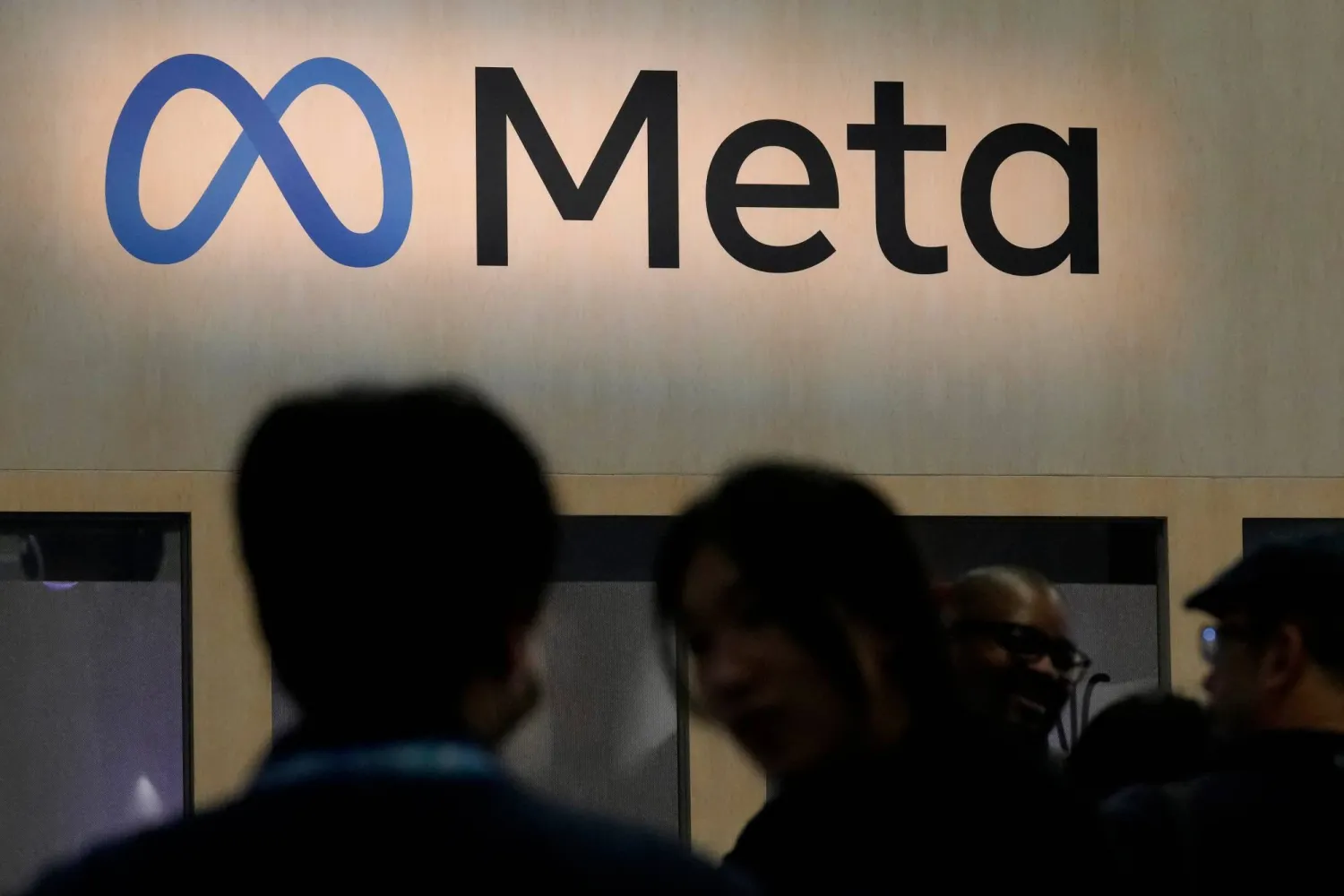Meta unveiled updates to the company's virtual reality headset and Ray Ban smart glasses on Wednesday as it tries to demonstrate its artificial intelligence prowess and the next generation of computing platforms beyond smartphones and computers.
CEO Mark Zuckerberg also showed off Orion, a prototype he called “the most advanced glasses the world has ever seen.”
“The technical challenges to make them are insane,” Zuckerberg told a crowd of developers and journalists at Meta's Menlo Park, California, headquarters. The holographic augmented reality glasses, for one, needed to be glasses — not a bulky headset. There are no wires and they have to weigh less than 100 grams (3.5 ounces), among other things. And beyond interacting with your voice, typing or hand gestures, Orion has a “wrist-based neural interface” — it lets you send a signal from your brain to the device, using a wristband that translates nerve signals into digital commands.
There is no release date for Orion — Zuckerberg called it a “glimpse of the future.”
Seemingly in his element speaking to a cheering crowd, Zuckerberg said Meta is working to “bring the future to everyone” with its headsets, glasses and AI system. As part of an update to its Llama model, people will now be able to interact with Meta AI by speaking, with voices from celebrities such as John Cena, Judi Dench and Awkwafina.
“We are trying to build a future that is more open, more accessible, more natural, and more about human connection," Zuckerberg said. ”This is the continuation of the values and ideas that we have brought to the apps and technology that we have built over Meta’s first 20 years.”
An AI update aimed at influencers allows them to craft AI versions of themselves — for interacting with fans. On the keynote stage, an AI version of creator Don Allen Stevenson III appeared on the screen and answered a few questions just as the actual creator would. When Zuckerberg asked the AI creator about cattle ranching, it responded “my expertise lies in technology and design, not agriculture.” An earlier version of this tool was text only.
Other AI updates include live translation, which Zuckerberg demonstrated on stage. While wearing the smart glasses, Zuckerberg spoke in English to Mexican mixed martial artist Brandon Moreno replying in Spanish — the conversation was translated in real time. People can also dub their videos in another language so that it looks like they are speaking natively — even going so far as changing their lips movements to match.
Meta AI now has 500 million users, the company said. Jeremy Goldman of the research firm Emarketer called the number “jaw-dropping.”
“Meta has transformed from just a social media company into an AI powerhouse. Zuckerberg’s move to celebrity voices is not just for fun — it’s a direct challenge to OpenAI, with an emphasis on real-world utility," Goldman said.
Meta, which introduced the Quest 3 last year, also showed off a cheaper version of the VR goggles — the 3S — that will cost $299. The regular Quest 3 costs $499. The S3 will start shipping on Oct. 15.
“Meta is aggressively undercutting Apple’s Vision Pro to dominate the middle-tier AR/VR market,” Goldman said. Those VR goggles, which came out earlier this year after much anticipation, cost $3,500.
While VR goggles have grabbed more headlines, the augmented reality Ray Bans turned out to be a sleeper hit for Meta. The company hasn't disclosed sales numbers, but Zuckerberg said during Meta's July earnings call that the glasses “continue to be a bigger hit sooner than we expected — thanks in part to AI.” Zuckerberg said on Wednesday that Meta seems to have gotten past the supply issues that plagued the Ray Bans a few months ago due to high demand.
“They are kind of the perfect form factor for AI,” Zuckerberg said. The glasses, he added, let an AI assistant “see what you see, hear what you hear” and help you go about your day.
For instance, you can ask the glasses to remind you where you parked or to pick up groceries, look at a pile of fruit and come up with a smoothie recipe, or help you pick out a party outfit.
Meta — which renamed itself from Facebook in 2021, still makes nearly all of its money from advertising. In its most recent quarter, 98% of its more than $39 billion in revenue came from ads. At the same time, the company is investing heavily in AI and what Zuckerberg sees as the next generation of computing platforms such as VR headsets and AR glasses.
“VR headsets, despite Meta’s assertion, will not go mainstream," said Forrester research director Mike Proulx. “They’re too cumbersome, and people can only tolerate them in short bursts.”
Glasses, on the other hand “put computing power directly into a common and familiar form factor. As the smart tech behind these glasses matures, they have the potential to disrupt everyday consumers’ interactions with brands.”
Proulx said the Orion prototype "sets the stage for a future where a revolutionary 3D computing platform is within reach and can actually be useful to the everyday consumer.”









